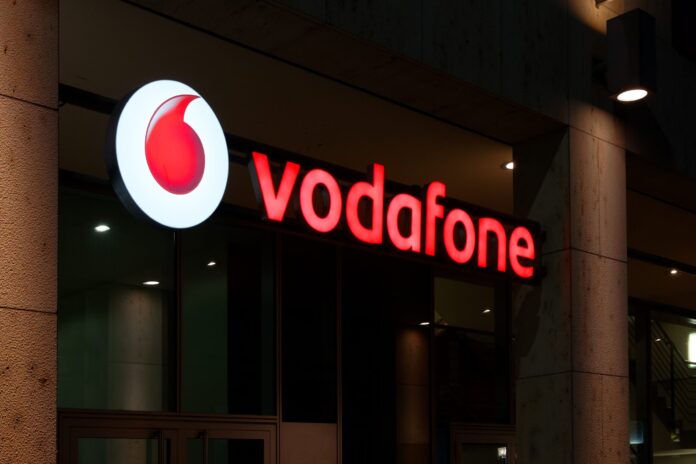Vodafone noted that WRC-23 will decide the future use of the 6 GHz spectrum band
U.K. carrier Vodafone said it has achieved 1 Gbps speeds in its ongoing network tests in the upper 6 GHz frequency band, ahead of a meeting of national regulators and industry members at the World Radiocommunication Conference (WRC-23), taking place in Dubai beginning this week.
Vodafone noted that WRC-23 will decide the future use of the 6 GHz spectrum band.
Vodafone confirmed it recently ran tests of both 6 GHz spectrum and its existing 5G network operating at 3.5 GHz. Using the same amount of bandwidth and radio antenna power, indoor speeds of more than 1 Gbps were achieved in both cases, the telco said.
The telco said that the higher transmission bandwidths that 6 GHz could bring, both the capacity and speeds of 5G networks would be improved significantly, particularly in indoor areas where around 75% of mobile network traffic originates.
Santiago Tenorio, Vodafone’s director of network architecture, said: “These trial results confirm the upper 6 GHz frequency band can provide a very effective capacity layer for existing 5G networks. 6 GHz for 5G will be critical within five years to avoid any degradation in service if demand for fast connectivity continues at its current growth trajectory of 30% every year.”
The U.K. telco also highlighted that these results also demonstrate that higher channel bandwidths possible at the upper 6 GHz band can provide the increase in performance needed for new and evolved customer services on public 5G networks.
In addition, operators can apply 6 GHz to existing sites, meaning they can roll out between two to three times extra capacity to existing 5G service areas faster and with little or no disruption to services, Vodafone said.
“A positive decision to allocate the upper 6 GHz spectrum band for International Mobile Telecommunications at WRC this month will mean harmonization of services and ensure a richer ecosystem of equipment and devices across Europe and other regions. We will be able to keep up with demand, keep costs down, while improving energy efficiency using new automated services. We shouldn’t waste this opportunity,” Tenorio added.
Earlier this month, Vodafone announced it has successfully tested spectrum in the upper 6 GHz frequency band in Spain.
Using a smartphone tuned to the anticipated amount of 6 GHz spectrum band that will be made available in European countries, Vodafone engineers in Spain achieved download speeds of up to 5 Gbps and on average 2 Gbps across various indoor locations.
The telco explained that 6 GHz equipment was installed on an existing 5G site in Madrid covering Vodafone’s campus and the surrounding area, including several indoor locations. Massive MIMO antenna technology was used in this test. Also, a 200-megahertz channel, which is the anticipated amount of spectrum that would be made available per mobile operator in each European country, was used, which is approximately double the bandwidth used for 5G services today, enabling higher speeds and capacity for evolved 5G networks.

